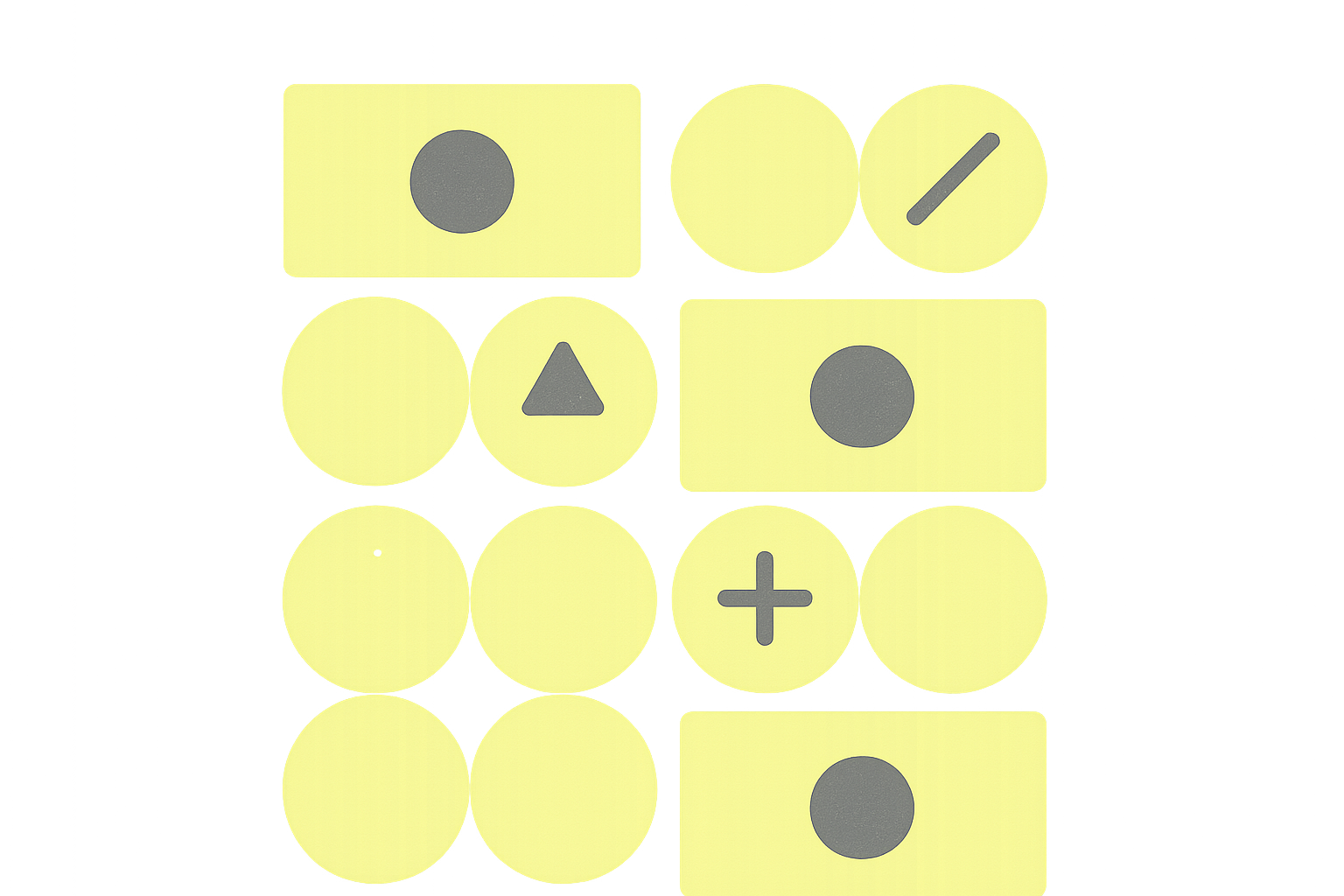XRP’nin sınır ötesi ödemelerde sunduğu temel değer önerisi nedir?

XRP, 1,9 trilyon dolar piyasa değeriyle küresel CBDC mutabakat katmanı olmayı hedefliyor
XRP'nin 2025 yılına kadar Merkez Bankası Dijital Paraları (CBDC) için küresel bir mutabakat katmanı olma yönündeki iddialı hedefi, finans sektöründe artan bir ilgiyle karşılanıyor. Şu anki piyasa değeri 137 milyar dolar olan XRP, 1,9 trilyon dolara ulaşmayı hedefleyerek dijital finansın dönüşümünde merkezi bir rol üstlenmeyi amaçlıyor. Bu büyüme öngörüsü, küresel ölçekte merkez bankalarının CBDC'ye olan ilgisinin artmasıyla örtüşüyor. XRP'nin hızlı işlem süreleri (yaklaşık 3 saniye) ve düşük işlem maliyeti (işlem başına 0,0002 dolar) gibi özellikleri, büyük ölçekli finansal işlemler için cazip bir alternatif sunuyor.
| Özellik | XRP Performansı |
|---|---|
| İşlem Hızı | ~3 saniye |
| İşlem Maliyeti | 0,0002 $ |
| Mevcut Piyasa Değeri | 137 milyar $ |
| Hedef Piyasa Değeri | 1,9 trilyon $ |
XRP'nin CBDC işlemlerinde kullanım potansiyeli, saniyede 1.500'den fazla işlem kapasitesiyle destekleniyor. Bu ölçeklenebilirlik, küresel CBDC ağlarında beklenen yüksek işlem hacminin yönetilmesinde hayati öneme sahip. Ayrıca XRP'nin karbon nötr yapısı, finans sektöründe çevresel etkilerle ilgili endişeleri karşılayarak çevreye duyarlı merkez bankaları ve hükümetler için cazibesini artırıyor.
Temel değer önerisi, ODL teknolojisiyle sınır ötesi ödeme çözümlerinde yatıyor
XRP'nin temel değer önerisi, yenilikçi On-Demand Liquidity (ODL) teknolojisiyle sınır ötesi ödemelerde devrim yaratmasında yatıyor. Bu teknoloji, uluslararası işlemlerde köklü sorunları ortadan kaldırarak önceden fonlanmış nostro hesaplarına gerek kalmadan XRP'yi köprü para birimi olarak kullanıyor. ODL'nin işlem verimliliğine etkisi ise aşağıdaki tabloda net şekilde görülüyor:
| Metrik | Geleneksel Sistemler | XRP ve ODL |
|---|---|---|
| Mutabakat Süresi | 3-5 gün | 3-5 saniye |
| İşlem Maliyeti | 25-35 $ | 0,01 $'dan az |
| Altyapı Maliyetinde Azalma | - | %42 |
Bu yenilikler, 300'den fazla bankanın RippleNet'i tercih etmesine neden oldu. Ripple'ın önümüzdeki beş yıl içinde küresel sınır ötesi ödeme hacminin %14'ünü yakalama hedefi, teknolojinin ölçeklenebilirliğine ve kurumsal benimsenmesine duyulan güveni yansıtıyor. Saniyede 1.500'den fazla işlem kapasitesiyle XRP Ledger, gelişen düzenleyici ortam ve olgunlaşan blockchain teknolojileriyle birlikte ödemelerin ötesinde yeni kullanım alanları sunacak; şirketler dijital varlıklarını küresel ölçekte yönetme, saklama ve dağıtma biçimlerini yeniden tanımlayacak.
Ödeme sektöründe SWIFT ve ONXY'den güçlü rekabetle karşılaşıyor
XRP, küresel ödeme sektöründe SWIFT gibi köklü oyuncular ve ONXY gibi yeni blockchain tabanlı çözümlerle ciddi bir rekabet içinde. XRP; işlem hızı ve düşük maliyet avantajı sunarken, SWIFT'in geniş ağı ve güçlü düzenleyici uyumluluğu önemli engeller oluşturuyor. Temel metriklerin karşılaştırılması, rekabet ortamını aşağıda gösteriyor:
| Özellik | XRP | SWIFT | ONXY |
|---|---|---|---|
| İşlem Hızı | 3-5 saniye | Dakikalar - günler | Gerçek zamana yakın |
| İşlem Başına Maliyet | 0,0002 $ | Kuruma göre değişiyor | Kamuyla paylaşılmadı |
| Ağ Kapsamı | 110+ ülke | 200+ ülke | Genişliyor |
| Düzenleyici Uyumluluk | Zorluklar sürüyor | Yerleşik | Mevcut sistemlerle entegre oluyor |
SWIFT'in modernizasyon çalışmaları, SWIFT gpi'ın devreye alınması ve blockchain teknolojisi arayışları, pazar liderliğini sürdürmedeki kararlılığını ortaya koyuyor. ONXY'nin geleneksel bankacılık sistemlerine entegrasyonu ve kurumsal odaklı yaklaşımı ise XRP'nin pazar konumunda yeni bir meydan okuma oluşturuyor. Santander gibi bazı bankalar belirli koridorlarda RippleNet'i kullanırken, çoğu banka yerleşik süreçler için SWIFT'e bağlı kalıyor. Gelişen düzenleyici ortam ve ISO 20022 uyumluluğu gereksinimiyle birlikte, SWIFT ve ONXY'nin geleneksel finans altyapılarına yakınlığı XRP'nin rekabetçi pozisyonunu daha da zorluyor.
Ölçeklenebilirlikte zorluk iddiası: PayPal'ın 12,5 milyonuna karşı yalnızca 150.000 günlük işlem
XRP Ledger'ın ölçeklenebilirlikte zorluk yaşadığı ve günlük sadece 150.000 işlem gerçekleştirdiği iddiası, PayPal'ın 12,5 milyonluk işlemine kıyasla güncel verilerle desteklenmiyor. Gerçekte XRP Ledger, yüksek işlem kapasitesiyle dikkat çekiyor. Güncel rakamlar şöyle:
| Platform | Günlük İşlem (2025) | Maksimum İşlem/Saniye |
|---|---|---|
| XRP Ledger | 2,14 milyon (ortalama) | 1.500 |
| PayPal | 2,5 trilyon $ (hacim) | Belirtilmedi |
2025'in ilk çeyreğinde XRP Ledger, günlük ortalama 2,14 milyon işlem gerçekleştirerek Haziran 2025'te bir günde 5,1 milyon işlemle zirveye ulaştı. Bu veriler, ölçeklenebilirlikte zorluk iddiasını doğrudan çürütüyor. Ayrıca saniyede 1.500 işlem kapasitesiyle XRP Ledger, yüksek hacimli işlemler için güçlü bir altyapı sunuyor.
PayPal'ın 2025 yılındaki günlük işlem hacmi 2,5 trilyon dolar olsa da, bu rakam işlem adedinden ziyade parasal değeri gösteriyor. Doğrudan işlem hacmi kıyaslamasında XRP Ledger, 2025'in ikinci çeyreğinde 1,3 trilyon dolarlık işlem gerçekleştirerek geleneksel ödeme sistemleriyle rekabet ettiğini ve hatta işlem kapasitesi ile verimliliği açısından onları geride bırakabileceğini ortaya koyuyor.

TRON ($TRX) AUD Fiyatı ve Potansiyeli

XRP Kullanan Bankalar: Tam Liste ve Gerçek Dünya Kullanım Senaryoları

Bankalar 2025'te Sınır Ötesi Yerleşimler için XRP'yi Benimsiyor

HBAR Nedir (ve Neden Vardır)

Eşler Arası Açıklaması: Dijital Dünyada Aracıları Ortadan Kaldırmak

Hangi Bankalar XRP Kullanıyor? Dalgalanma Teknolojisini Benimseyen Küresel Kurumlar

Kripto işlemlerinde nakit değiştirilebilirliği kavramını anlamak







